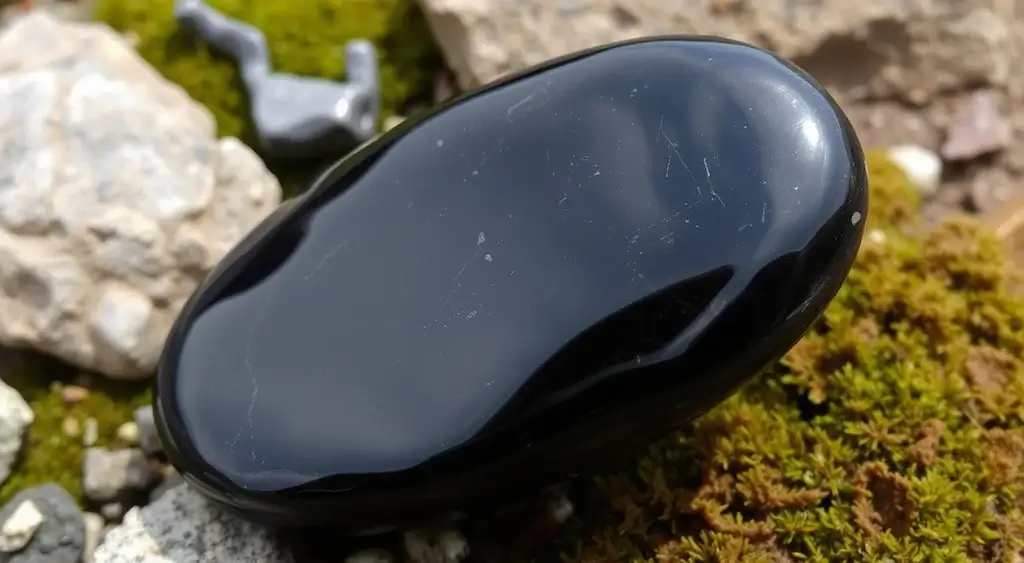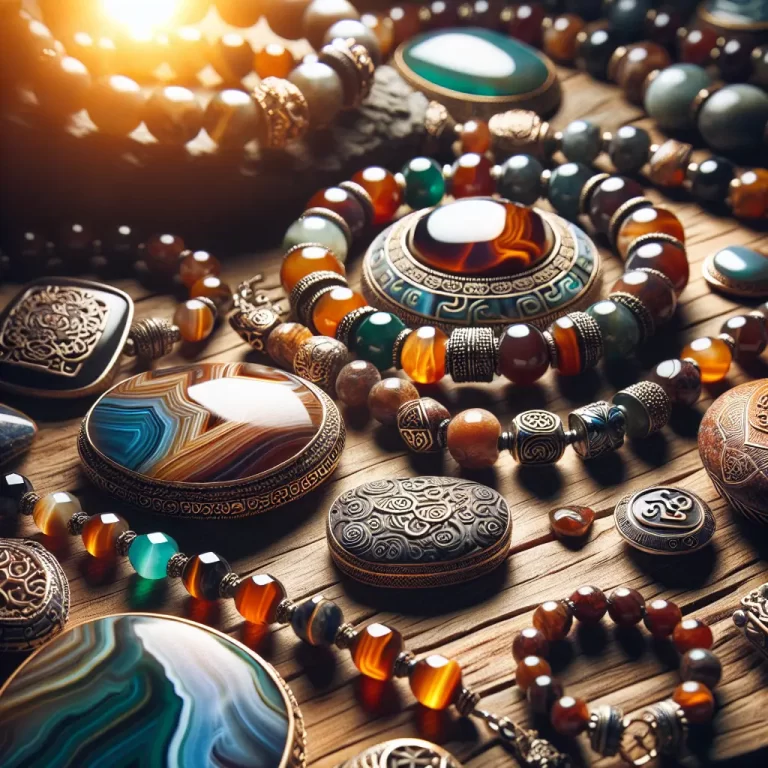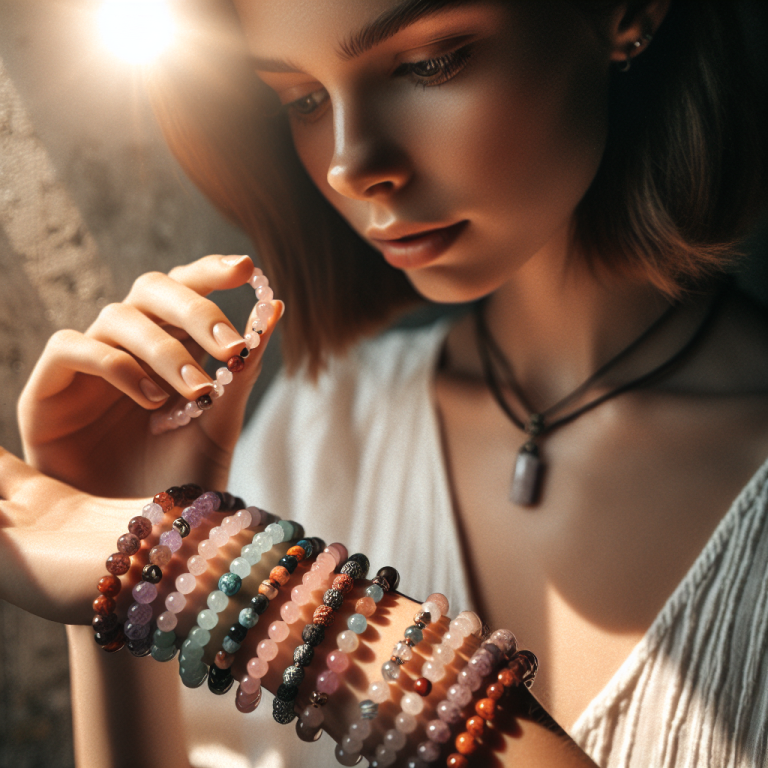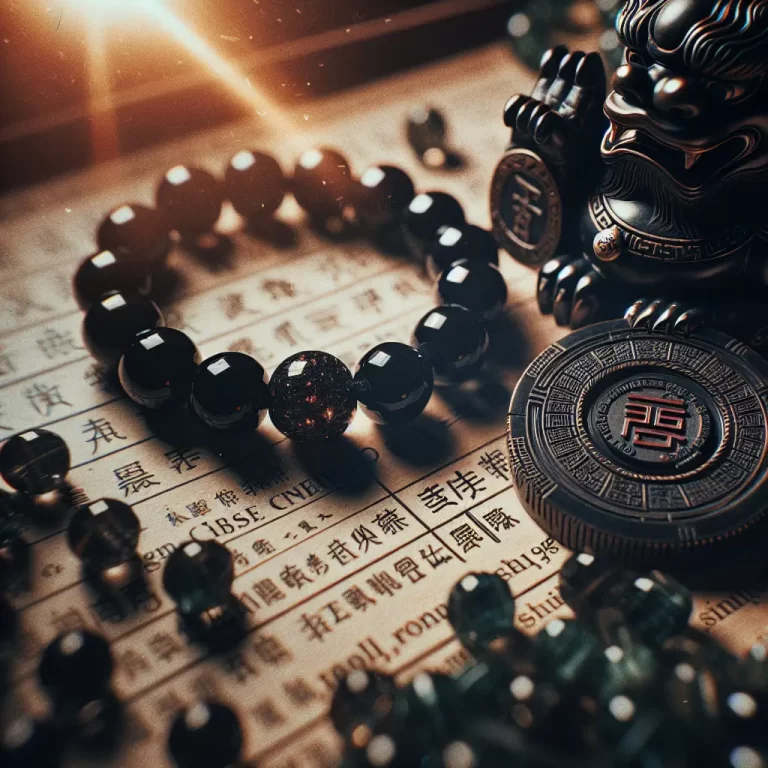Obsidian, a naturally occurring volcanic glass, has fascinated humans for centuries with its glossy appearance and spiritual significance. Whether you’re a collector, jewelry enthusiast, or someone drawn to its metaphysical properties, knowing how to identify genuine obsidian is crucial. Unfortunately, the market is flooded with imitations made from glass or other materials. In this article, we’ll explore how to distinguish real obsidian from fakes using practical methods and insights.
Contents
- The Allure of Obsidian
- Characteristics of Real Obsidian
- Appearance
- Texture
- Weight
- Translucency
- Hardness
- Methods to Test Obsidian’s Authenticity
- 1. Visual Inspection
- 2. Scratch Test
- 3. Conductivity Test
- 4. Magnet Test
- 5. Weight Comparison
- 6. Light Test
- 7. Expert Consultation
- Common Misconceptions About Obsidian
- FAQs About Obsidian
- Q: Can I identify real obsidian without professional tools?
- Q: How do I differentiate between black obsidian and black onyx?
- Q: Is it possible for fake obsidians to mimic real ones perfectly?
- Q: Does genuine obsidian have healing properties?
- A Story of Discovery
- Conclusion
The Allure of Obsidian
Before diving into identification techniques, let’s understand why obsidian holds such appeal. Formed when molten lava cools rapidly, obsidian is a unique igneous rock known for its smooth texture and vitreous luster. Its beauty is complemented by its metaphysical properties—many believe it offers protection, grounding, and emotional healing. These qualities make obsidian a popular choice for spiritual jewelry and accessories.
However, the rise in demand has led to an increase in counterfeit obsidian on the market. To ensure you’re getting the real deal, let’s explore the key characteristics of genuine obsidian and how to test for authenticity.
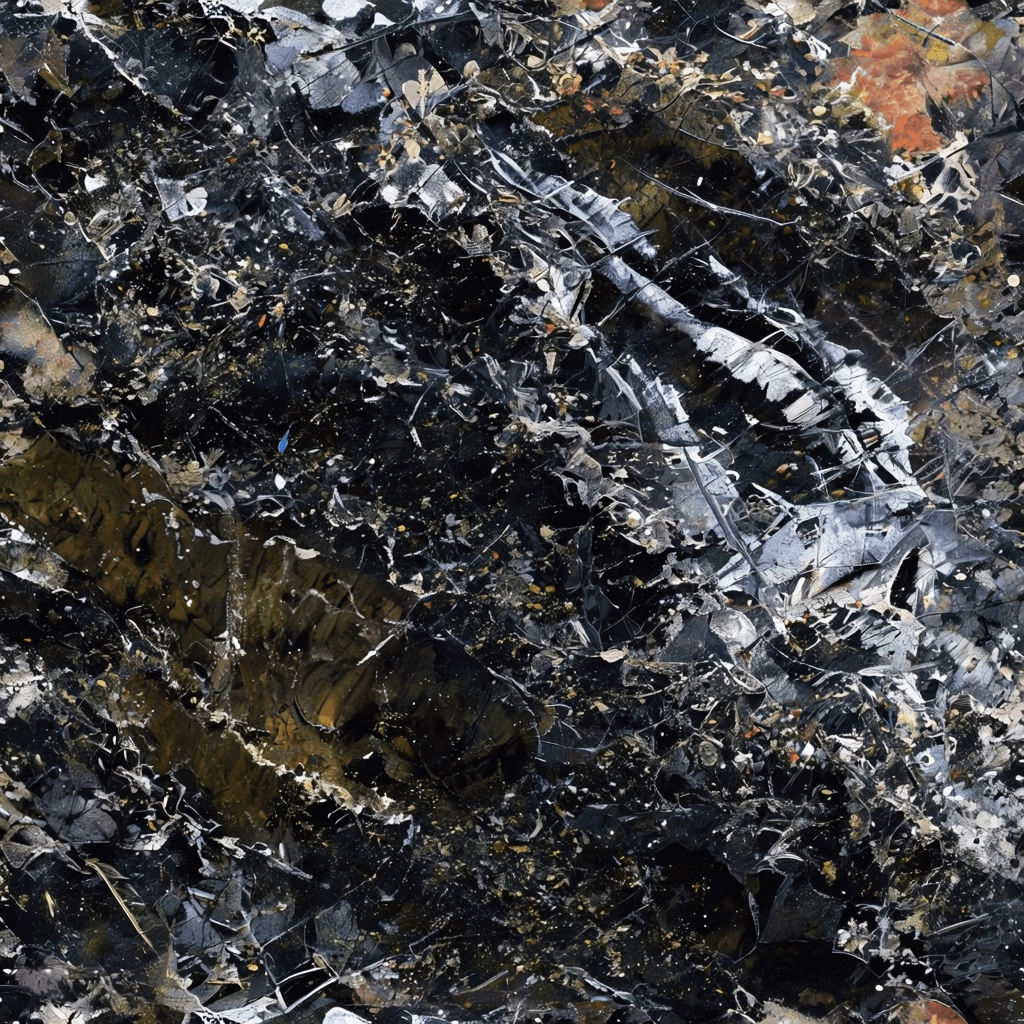
Characteristics of Real Obsidian
Appearance
Real obsidian has a natural glassy luster that is smooth and uniform.
It often comes in black but can also appear in shades like green, brown, or even rainbow hues depending on impurities.
Some varieties, like snowflake obsidian, feature unique inclusions resembling white snowflakes.
Texture
Authentic obsidian feels smooth to the touch but may have sharp edges due to its conchoidal fracture pattern.
Fake obsidian often feels overly polished or plasticky.
Weight
Obsidian has a relatively high density and feels heavier than fake materials like resin or lightweight glass.
Translucency
When held up to light, thin slices of real obsidian may appear slightly translucent around the edges.
Fake obsidian often lacks this property.
Hardness
On the Mohs scale of hardness, obsidian scores between 5 and 6. It can scratch glass but cannot be scratched by softer materials like calcite.
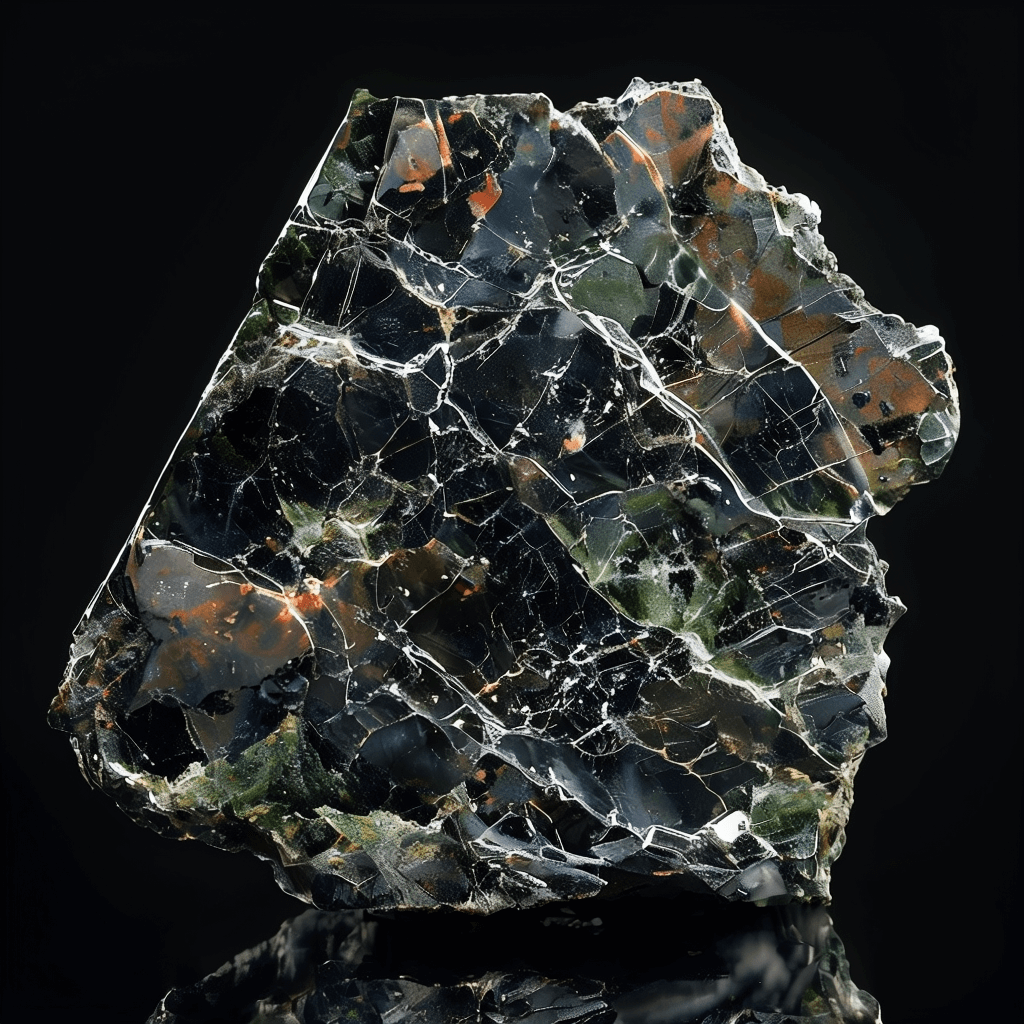
Methods to Test Obsidian’s Authenticity
1. Visual Inspection
Examine the surface for natural imperfections such as small bubbles or inclusions.
Real obsidian has a consistent yet natural appearance; fake versions might look overly uniform or dull.
2. Scratch Test
Use a piece of glass or metal to test the hardness of your stone.
Genuine obsidian can scratch glass but will resist scratches from softer materials.
3. Conductivity Test
Obsidian is non-conductive because it is a natural glass. Use an electronic conductivity tester; if the material conducts electricity, it’s likely fake.
4. Magnet Test
Some fake obsidians contain iron particles and are attracted to magnets.
Real obsidian is not magnetic.
5. Weight Comparison
Hold the stone in your hand and compare its weight against similar-sized objects.
Authentic obsidian feels dense and substantial compared to lightweight fakes.
6. Light Test
Shine a strong flashlight through the stone.
Genuine obsidian may reveal slight translucency at thin edges, while fakes often remain opaque.
7. Expert Consultation
If in doubt, consult a gemologist or expert who can use advanced tools like microscopes or XRF (X-ray fluorescence) analysis to confirm authenticity.
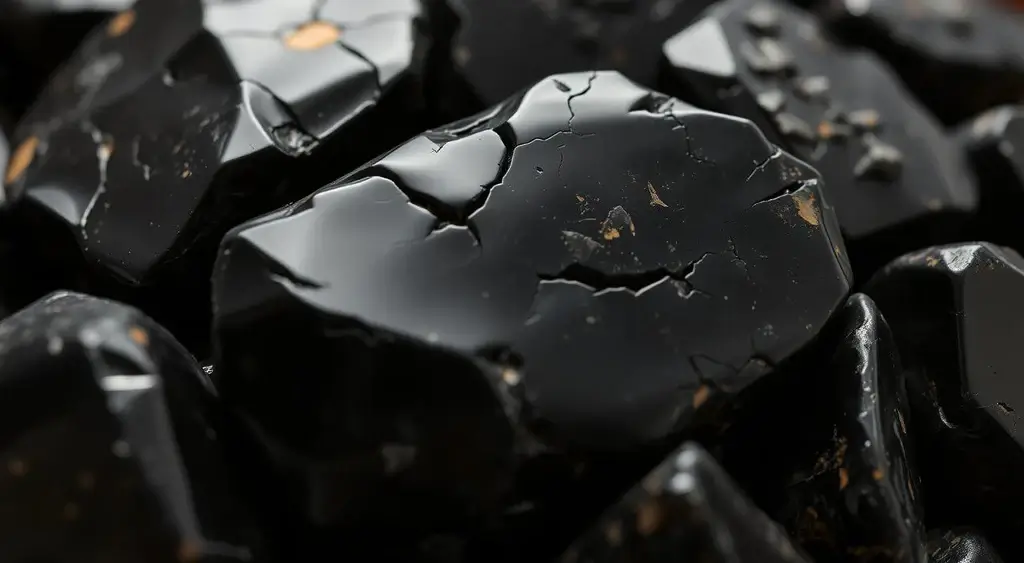
Common Misconceptions About Obsidian
- “Obsidian is always black.” While black is the most common color, real obsidian can also appear in green, brown, red, or even multicolored forms like rainbow or sheen obsidian.
- “All shiny black stones are obsidian.” Many black stones like onyx or jet resemble obsidian but differ in composition and properties.
- “Fake obsidians are rare.” Due to its popularity in spiritual jewelry, many counterfeit versions made from glass or resin exist on the market.
Feel the Power of Obsidian and Embrace Inner Peace!
Whether you’re seeking emotional healing or daily protection and energy enhancement, Obsidian is your most reliable companion. 📦 Click here to start your Obsidian journey and fill each day with positive energy and protection.
FAQs About Obsidian
Q: Can I identify real obsidian without professional tools?
Yes! Using simple methods like visual inspection, scratch tests, and weight comparisons can help you identify genuine obsidian without specialized equipment.
Q: How do I differentiate between black obsidian and black onyx?
Black onyx has a crystalline structure that gives it a heavier feel compared to the lighter volcanic glass structure of black obsidian. Additionally, onyx does not exhibit translucency when held up to light.
Q: Is it possible for fake obsidians to mimic real ones perfectly?
While high-quality fakes can closely resemble real obsidians in appearance and weight, they often fail tests like conductivity or hardness checks.
Q: Does genuine obsidian have healing properties?
Many believe that real obsidian offers spiritual benefits such as protection from negative energy and emotional grounding. However, these claims are not scientifically proven and depend on personal belief systems.
A Story of Discovery
Imagine Sarah—a jewelry enthusiast—who stumbled upon a stunning black bracelet labeled as “obsidian” at a flea market. Intrigued by its beauty and spiritual claims, she purchased it without hesitation. Later that week, Sarah noticed her bracelet felt unusually light and lacked the characteristic sheen she had read about online. Determined to uncover the truth, she conducted a series of tests at home: scratching it against glass (it failed), holding it up to light (no translucency), and even using a magnet (it stuck!). Disappointed but wiser, Sarah learned an important lesson about verifying authenticity before making purchases.
This story underscores why understanding how to identify real obsidian is essential for anyone interested in crystals or spiritual jewelry.
Conclusion
Authenticating your obsidian doesn’t have to be daunting. By paying attention to its appearance, texture, weight, and other physical properties—and conducting simple tests—you can confidently determine whether your piece is genuine. Whether you’re buying for aesthetic reasons or spiritual purposes, knowing you own authentic volcanic glass adds value to your investment.
At Feng Shui Bliss, we pride ourselves on offering only genuine spiritual jewelry crafted from authentic materials like real black obsidian. Explore our collection today and experience the true power of nature’s treasures!

